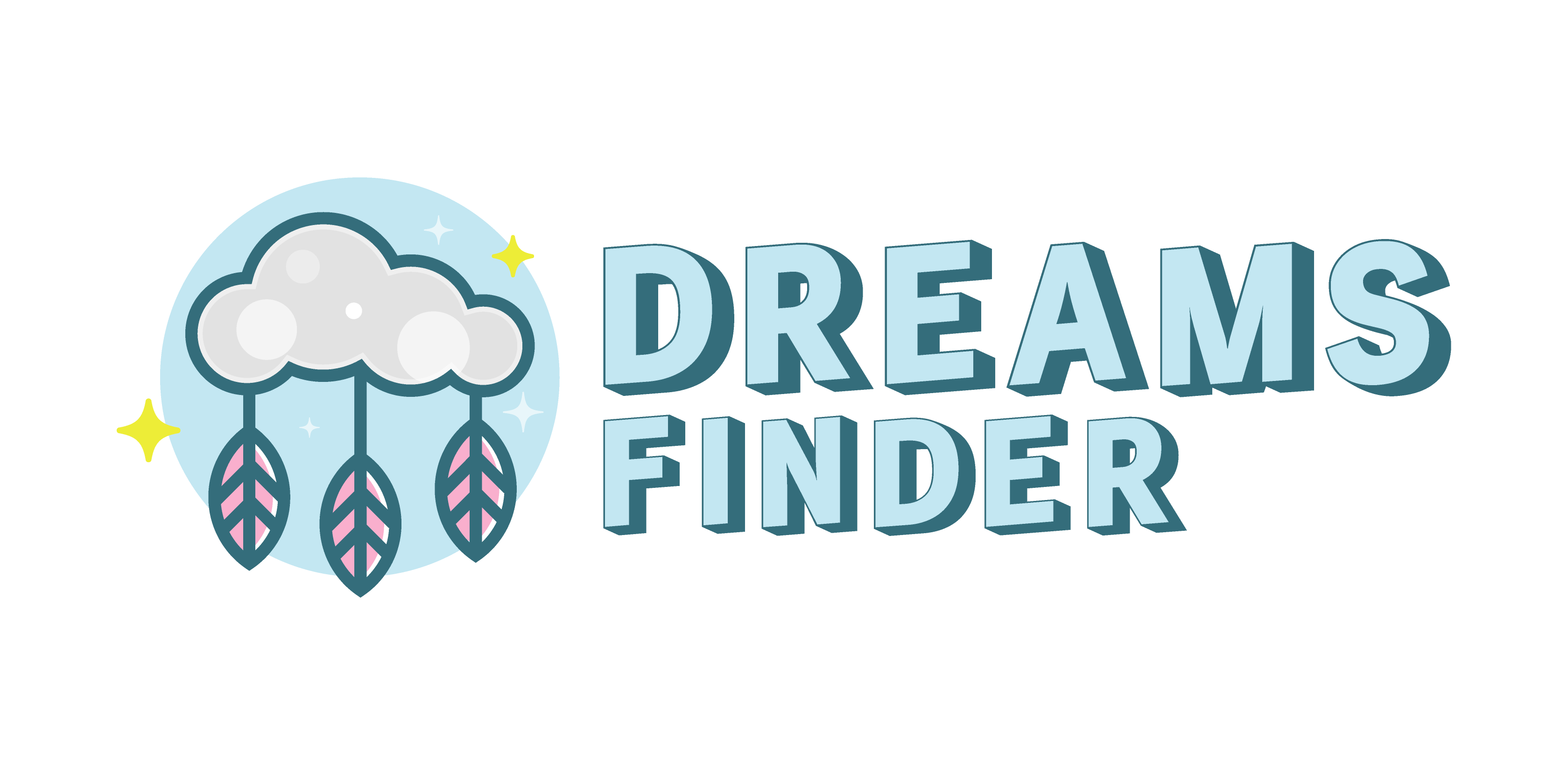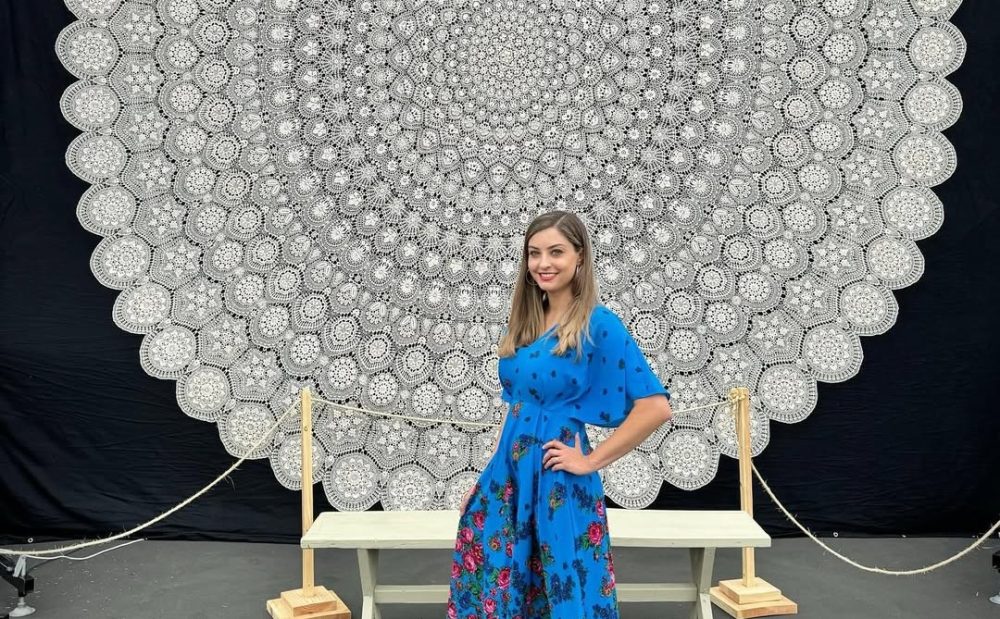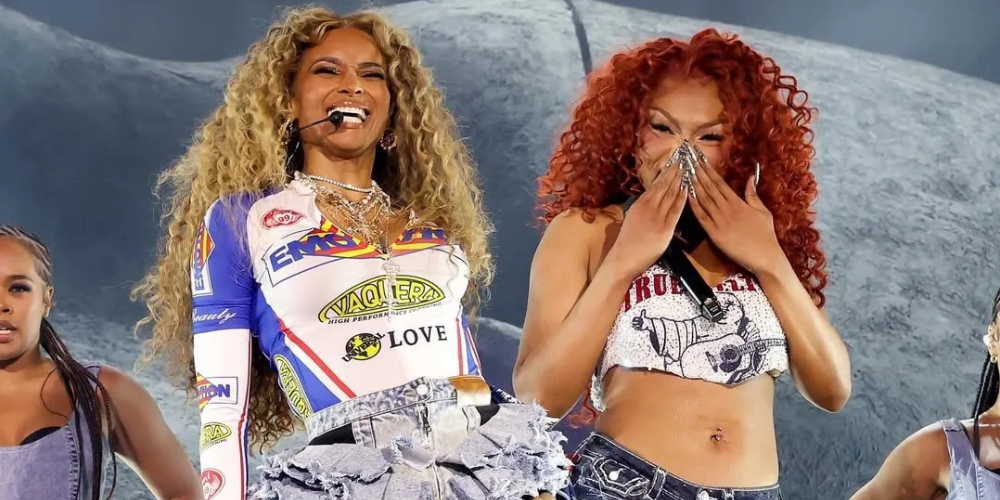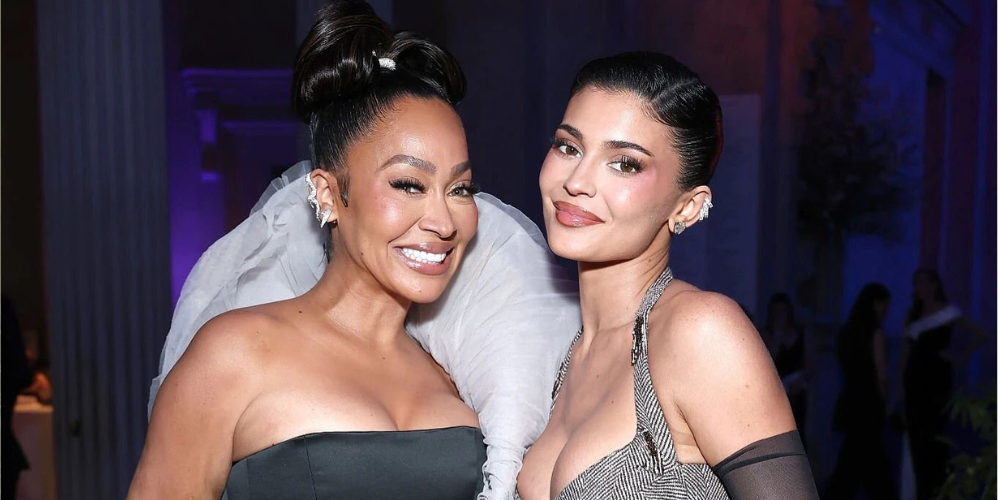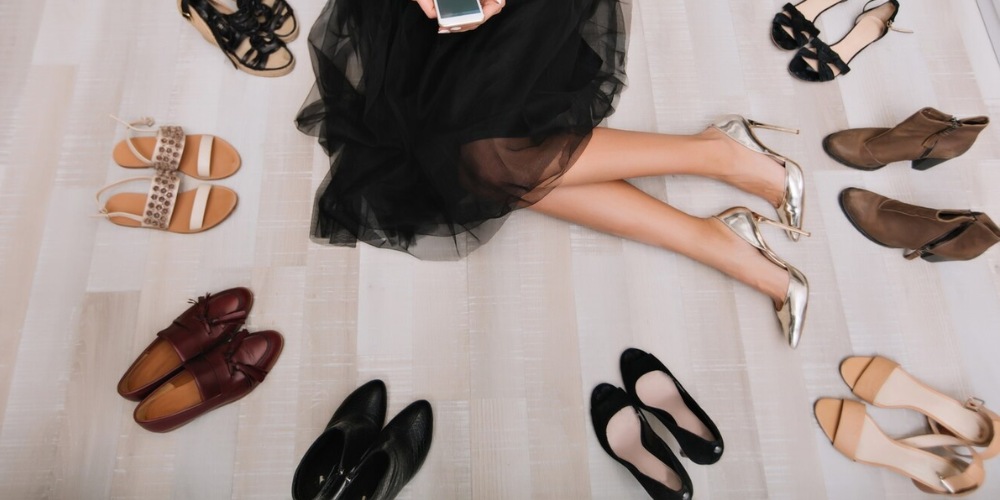In a fashion-forward move, Google is introducing a groundbreaking generative AI tool to revolutionize how we try on clothes virtually. Drawing an analogy to the iconic Cher’s closet preview technology from the film “Clueless,” Google’s latest endeavor promises to bring Hollywood magic to your online shopping experience.
Virtual Try-Ons Get a Boost
This cutting-edge AI tool will initially roll out in the United States, collaborating with popular brands such as Anthropologie, LOFT, H&M, and Everlane. Shoppers can easily spot eligible products by selecting the “Try On” button. With its sights set on the future, Google plans to expand this feature to more brands.
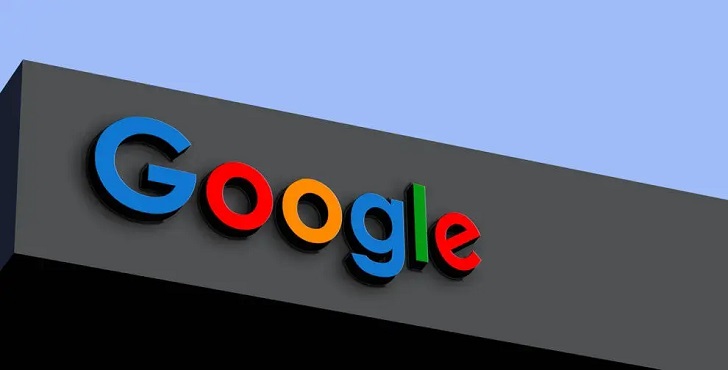
A Model for Everyone
While this innovative tool won’t precisely show how a piece of clothing would look on you, it offers something equally compelling. It allows you to select a model that closely resembles your physical features.
The key to creating a tool capable of simulating how real-life clothes drape, fold, cling, stretch, and wrinkle begins with various models with different body shapes and sizes.
This diversity empowers shoppers to choose a model with their preferred skin tone or body type and witness how the outfit complements them. At the core of this generative AI lies an ingenious technique, diffusion, with a unique twist.
The Magic of Diffusion
Ira Kemelmacher-Shlizerman, a senior staff research scientist at Google Shopping, explains that diffusion involves the gradual addition of extra pixels or ‘noise’ to an image until it becomes unrecognizable. Then, the noise is meticulously removed until the original image is restored in impeccable quality.
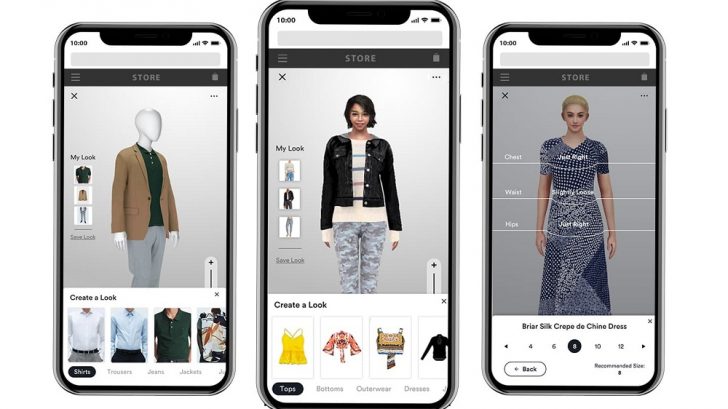
This process doesn’t employ text as input during diffusion in a deviation from the norm. Instead, it relies on a pair of images. Each image is sent to its neural network, a U-net, and engages in a collaborative exchange of information through ‘cross-attention.’ This creates a photorealistic image depicting a person wearing the chosen garment.
From Data to Reality
Once this remarkable tool was constructed, it underwent rigorous training using Google’s Shopping Graph, a repository housing an astonishing 35 billion products from retailers across the web.
Researchers detailed their groundbreaking technique in a paper presented at this year’s IEEE Conference on Computer Vision and Pattern Recognition. Their paper showcased how their images outshone existing techniques such as geometric warping and other virtual try-on tools.
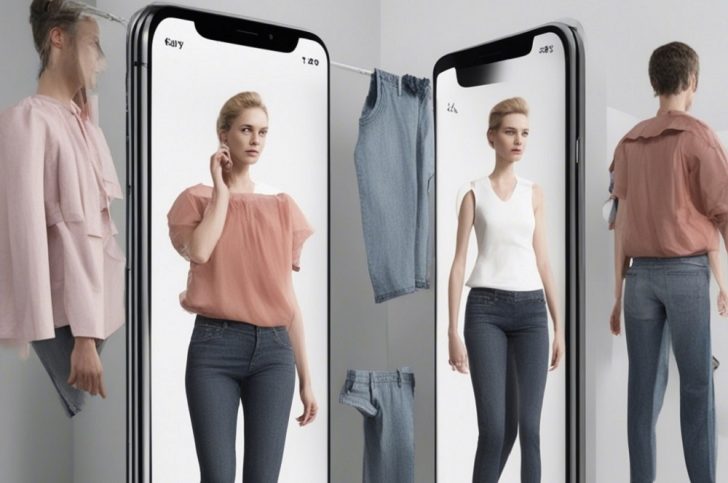
A Glimpse Into the Future
While this AI tool offers a compelling visualization of how clothes would look on a model closely resembling the shopper, it doesn’t guarantee a perfect fit. Additionally, it’s currently limited to upper-body clothing items, leaving pants and skirts enthusiasts eagerly awaiting the next iteration of this ingenious technology.
Google’s Summer AI Delights
Google isn’t stopping at the fashion frontier. This summer, the tech giant is introducing a captivating collection of new AI features spanning its platforms. From maps to lenses, labs, and beyond, Google is once again proving its commitment to pushing the boundaries of innovation.
